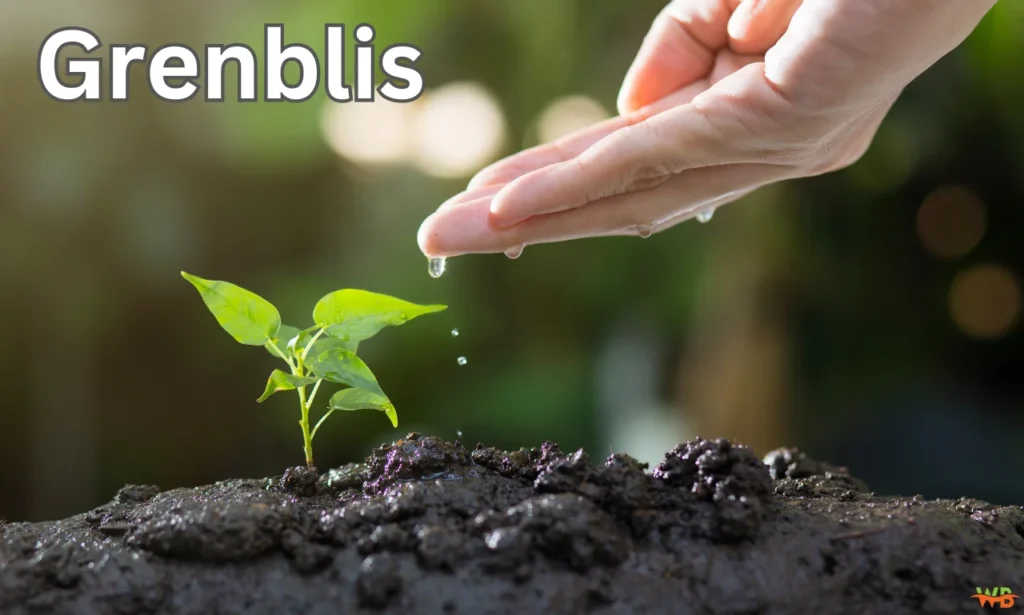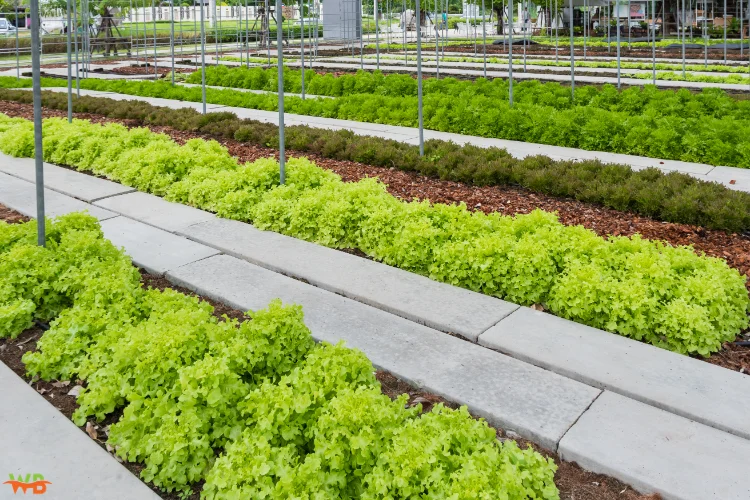Have you heard about Grenblis, the miraculous green plant that’s revolutionizing health and agriculture? Known for its exceptional nutritional value, versatility in cooking, and sustainable farming practices, Grenblis is quickly becoming a global sensation.
Origins of Grenblis
Grenblis has its roots in the Mediterranean region, where it has been cherished for centuries. This plant thrives in various climates, from arid to temperate zones, making it incredibly adaptable. Initially cultivated in regions with moderate rainfall and rich soils, it has now spread to diverse environments worldwide.
Nutritional Value of Grenblis
One of the main reasons Grenblis has gained popularity is due to its robust nutritional profile. Let’s break down some of the key nutrients and their health benefits:
Rich in Vitamins and Minerals
It contains crucial vitamins like A, C, and K. These vitamins are crucial for maintaining healthy skin, boosting the immune system, and promoting blood clotting. Furthermore, it includes notable quantities of iron, calcium, and magnesium, crucial for maintaining bone health, supporting muscle function, and promoting overall well-being.
Antioxidant Properties
The high levels of antioxidants in Grenblis help combat oxidative stress and inflammation. Antioxidants shield the body’s cells from damage inflicted by free radicals, thereby lowering the risk of chronic illnesses such as heart disease and cancer.
High Fiber Content
It also contains significant dietary fiber, which assists with digestion and promotes gut health. Fiber can lower cholesterol levels and stabilize blood sugar, making it an excellent addition to any diet.
Culinary Uses of Grenblis
One of the most appealing aspects of Grenblis is its culinary versatility. Its distinctive taste, combining earthy undertones with a hint of sweetness, appeals to both professional chefs and cooking enthusiasts.
Salads and Sides
Fresh Grenblis leaves are ideal for salads, offering a healthy and tasty foundation that complements a variety of dressings and ingredients, including tangy vinaigrettes and creamy cheeses. Furthermore, Grenblis can be cooked by sautéing or steaming, providing a nutritious substitute for conventional greens as a side dish.
Main Courses
It can be included in main dishes like soups, stews, and stir-fries, enhancing both flavor and nutritional content. For a more substantial meal, try using this green plant as a filling for stuffed vegetables or as a base for grain bowls.
Snacks and Smoothies
For a fast and nutritious snack, consider Grenblis chips as an excellent choice. Just bake the leaves with olive oil and sea salt to enjoy a crispy and satisfying treat. You can also blend it into smoothies, adding a nutrient-rich ingredient to your favorite fruit and vegetable blends.
Cultivation Methods
Cultivating Grenblis demands careful consideration of specific factors to achieve a successful harvest. Here is a detailed guide to assist you in nurturing this remarkable green plant.
Soil Preparation for Grenblis
Grenblis flourishes in fertile soil that is well-drained and enriched with organic matter. Prior to planting, it is crucial to cultivate the soil and incorporate compost or other organic fertilizers to enhance soil quality and nutrient levels.
Planting Techniques for Grenblis
The planting season for Grenblis typically begins in early spring or late fall. Farmers employ various planting techniques, such as direct sowing and raising seedlings in controlled environments before transferring them to the fields.
Growth and Maintenance
After planting, it needs frequent watering, especially throughout the growth period. Maintaining soil moisture is essential, avoiding waterlogging. Farmers also use pest control methods like natural predators and organic pesticides to safeguard the plants from pests and diseases.
Sustainable Farming Practices
Sustainability is a core principle in Grenblis farming, emphasizing environmental conservation and responsible resource management.
Water Conservation Measures
Water is a precious resource, and Grenblis farmers use various techniques to conserve it. Rainwater harvesting systems gather and store rainwater for irrigation, decreasing dependency on groundwater. Drip irrigation methods deliver water straight to the roots of plants, cutting down on water waste and promoting efficient utilization.
Soil Management
Maintaining soil fertility is essential for sustainable Grenblis farming. Farmers utilize organic fertilizers like compost and manure to enhance soil nutrient content. Additionally, they employ techniques such as mulching and cover cropping to curb soil erosion, maintain moisture levels, and bolster overall soil quality.
Challenges in Grenblis Farming
Although Grenblis farming offers numerous advantages, it also presents unique challenges.
Climate Change and Grenblis
Fluctuating weather patterns and unpredictable climate conditions present substantial obstacles to Grenblis agriculture. Variations in temperature extremes, droughts, and heavy precipitation can impact both crop yield and quality. Farmers need to adjust to these conditions by employing advanced farming techniques and technologies.
Pests and Diseases
Pests and diseases pose a threat to Grenblis crops, leading to decreased yield and quality. Integrated pest management (IPM) strategies, incorporating biological, cultural, and chemical controls, aid in managing these challenges. Continuous research and development play a pivotal role in discovering innovative solutions.
Market Demand
Fluctuating market demand can impact the profitability of farming this nutritious plant. Farmers need to keep up-to-date with consumer trends and preferences in order to adapt their production methods accordingly. Expanding their range of products can also assist in reducing market risks.
Conclusion
Grenblis is more than just a green plant; it’s a nutritional powerhouse and a beacon of sustainable agriculture. Its versatility in the kitchen and adaptability in the field make it an invaluable addition to any diet and farming practice. By understanding its origins, cultivation, and benefits, you can appreciate the significant role it plays in promoting health and environmental sustainability.
Join the growing community of enthusiasts and experience the remarkable benefits of this green miracle for yourself. Think about integrating it into your meals and agricultural practices right away!

I’m Salman Khayam, founder of Wellbeing Junction. I synthesize trusted information from research and expert guidance to create clear articles across health, wellness, and lifestyle topics.
Disclaimer: Content is for informational purposes only and is not medical advice. Consult a qualified expert regarding personal health or specialized questions.
Discover more from Wellbeing Junction
Subscribe to get the latest posts sent to your email.




